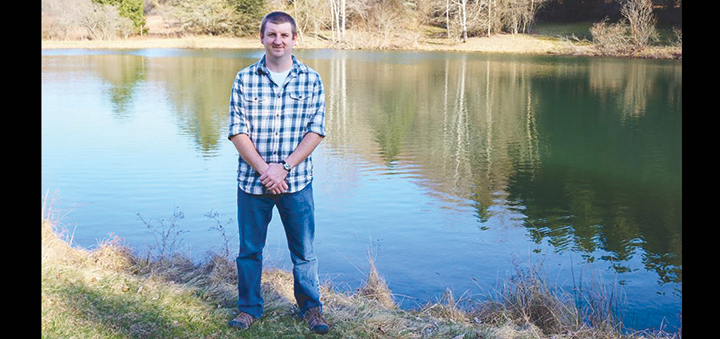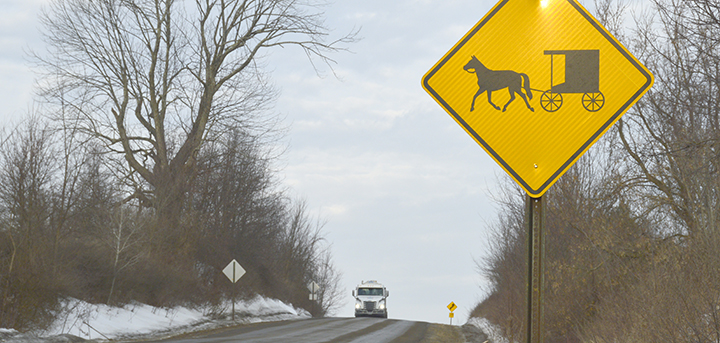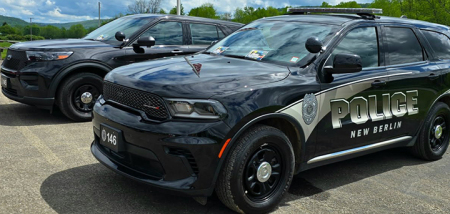Heavy Hitters
Published:
June 30th, 2021
By:
Eric Davis
 Outdoor Columnist Eric Davis
Outdoor Columnist Eric Davis
I would probably say that more than 90-percent of bowhunters today solely focus on arrow speed when choosing their bow, arrows, or both. The “need for speed” was sought to avoid deer ducking the string and it still is a common reason given when discussing equipment among archers.
When a deer hears a startling noise and wants to flee, they drop to “load up” before springing up to get out in a hurry.
So, it is not necessarily that the deer know it is a bow, they just react to hearing a loud noise. So, one way to gain extra arrow speed is to pick a lighter arrow because it is easier to make it move than a heavier arrow.
Deer have a dense coat of hair and thick hide to help them survive the harsh winters of New York.
This becomes a heavy obstacle for a broadhead to get through before hitting the vitals of the deer. Speed alone might not be enough to ensure the broadhead gets through if the arrow is too light.
This is where a heavier arrow or head can make a big difference.
The reason you may want to go heavier for your arrow or broadhead is to increase the momentum of the projectile.
Momentum is the amount of force an item has moving forward. It is different from kinetic energy, which is the amount of energy a moving item has but does not take direction into account.
A heavier item has more momentum because it is harder to slow down than a lighter item. Think of trying to stop a tractor trailer compared to a golf cart. So, a heavier arrow continues to penetrate the deer longer than a lighter arrow does after hitting the hair and hide of the deer.
The general recommendation for archers is to shoot an arrow that is 6 to 8 grains per pound of draw weight to achieve optimal momentum. This would mean a total arrow weight, which includes the tip, fletchings, and nock, of 360 to 480 grains for a 60-pound draw weight bow. Some people want to push momentum to the maximum and go with arrows that are over 10-grains-per-inch. This is especially common for those who are going after animals with thicker hides than deer, like elk or moose.
Some other ways to add weight to your arrow for added momentum include using larger fletchings, 4 fletchings, lighted nocks, or brass inserts instead of aluminum.
The weight of the tip of the arrow can also be changed. The common weight is 100 grains but 125 and 150-grain options are available.
Momentum is also an important factor when considering what broadhead you are going to use. Expandable broadheads fly more like field tips but they use energy to open when they impact the deer. So lighter draw weights or arrows on the lighter end of the spectrum might not be suited to use expandable broadheads. Fixed blade broadheads can fly differently that field tips in bows that are not perfectly tuned but since they are “ready to go” upon impact with the deer they do not slow down the arrow as much as expandable broadheads.
Another bonus to shooting a heavier arrow is that the overall vibration of the bow when it is shot is lower.
The potential energy stored in the bow when it is at full draw is distributed when it is shot to the arrow and throughout the bow.
A lighter arrow leaves more energy to be spread out in the bow, usually as vibration and noise.
So while a light arrow might get to the deer quicker, a heavier arrow can keep the deer from hearing the bow and will provide more penetration thanks to its increased momentum.
Author: Eric Davis - More From This Author
Comments






